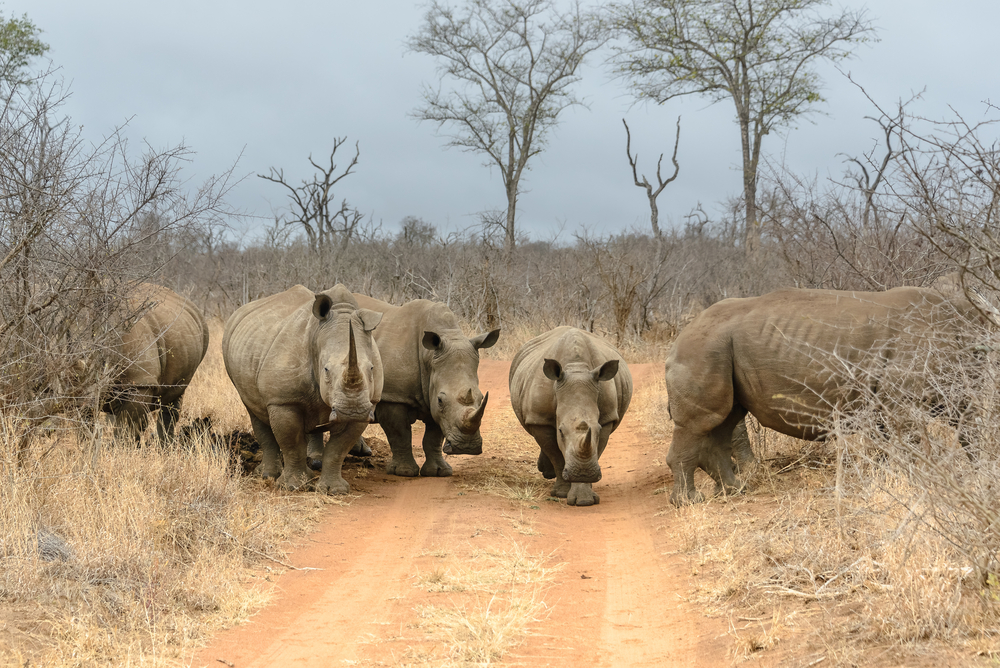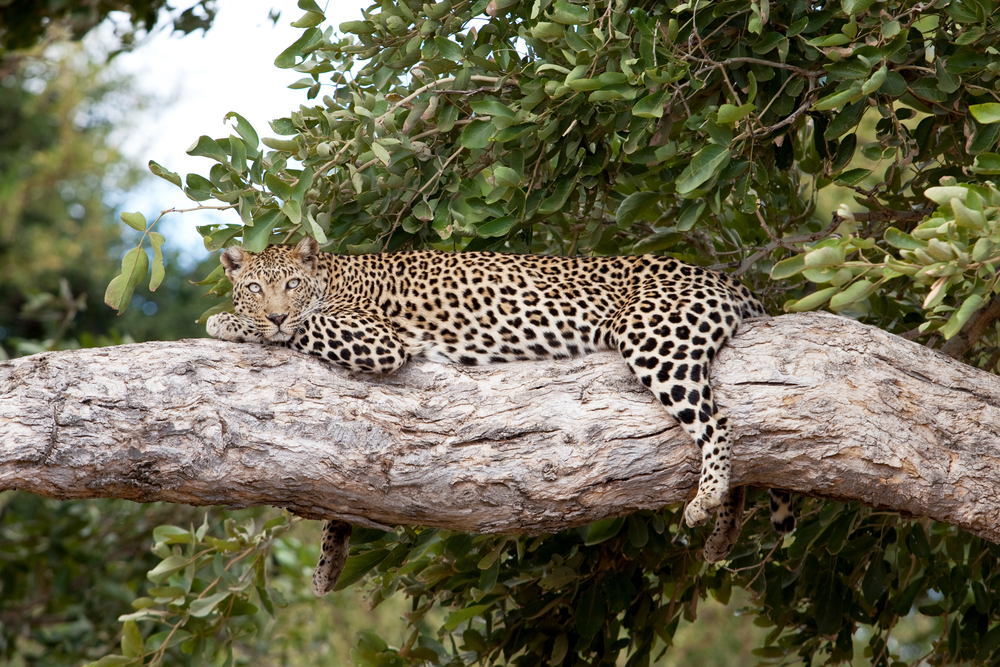Hlane Royal Overview
Hlane Royal National Park, known locally as “Hlane” in siSwati, meaning “wilderness,” is one of Eswatini’s most celebrated protected areas. Established in the early 1960s, it spans an impressive 22,000 hectares, making it the largest national park in the country. Situated in the northeast, within the Lubombo region, the park offers visitors a unique blend of biodiversity, cultural significance, and natural beauty.
The park’s landscape is dominated by flat terrain, featuring open grasslands, hardwood forests, and wetlands. These diverse ecosystems create a scenic and accessible environment for wildlife viewing. Although there are no significant mountains or waterfalls in Hlane, the park’s natural beauty is accentuated by its expansive plains and large waterholes, which attract a variety of animals and provide excellent opportunities for photography and observation.
Hlane Royal National Park is renowned for its rich wildlife and is home to the Big Five: lions, elephants, rhinos, leopards, and buffaloes. It boasts one of the largest populations of white rhinos in Eswatini, thanks to its successful conservation initiatives. Other notable species include giraffes, zebras, warthogs, and a variety of antelope species such as kudu and impala. The park is also a haven for birdlife, with over 300 recorded species, including the southern ground hornbill, bateleur eagle, and white-backed vulture. The park’s status as an Important Bird Area (IBA) underscores its avian significance.
Hlane is closely tied to Eswatini’s cultural heritage and royal family, as it remains under the stewardship of King Mswati III. The park’s management reflects a commitment to sustainable tourism and conservation, with community involvement playing a pivotal role. Local communities benefit from eco-tourism initiatives, which support livelihoods and foster environmental stewardship.
Notable conservation efforts at Hlane include anti-poaching initiatives, habitat restoration projects, and species reintroductions. The park’s rhino conservation program has been particularly successful, contributing to the growth of Eswatini’s rhino population. Collaborations with international organizations ensure that the park’s ecosystems and wildlife are effectively managed and preserved.
Visitors to Hlane Royal National Park can partake in guided game drives, birdwatching, and walking safaris, offering close encounters with the park’s diverse wildlife. Accommodations range from rustic campsites to comfortable lodges, ensuring that visitors of all preferences can enjoy the park. The large waterholes, often frequented by elephants and other animals, provide mesmerizing viewing opportunities from observation decks.
In summary, Hlane Royal National Park is a cornerstone of Eswatini’s natural heritage. Its rich biodiversity, cultural significance, and successful conservation efforts make it a must-visit destination for travelers seeking an authentic African wilderness experience.











































































